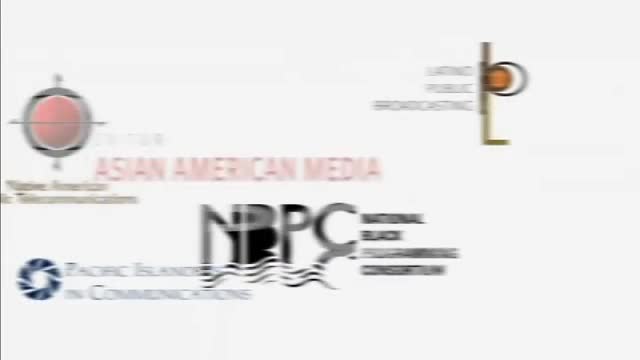Videos
Most Recent Videos
-
 1:01
Practice 2
Uploaded Sep 18, 2019
1:01
Practice 2
Uploaded Sep 18, 2019
-
 1:03
Practice
Uploaded Sep 18, 2019
1:03
Practice
Uploaded Sep 18, 2019
-
 30:24
When the Bough Breaks
30:24
When the Bough Breaks
1. How are pregnancy outcomes affected by racism and chronic stress? How are racial differences in birth outcomes not reducible to class alone?
Uploaded Oct 23, 2018
2. Dr. Jones says that the chronic stress of racism is like “gunning the engine of a car, never letting up.” What does she mean? How does this affect the body over time?
3. Birth outcomes, like other health indicators, follow the wealth-health gradient. Explain why wealthier and more educated mothers have better outcomes. According to the film, why do African American women at each income level have worse outcomes than their white counterparts?
4. Describe Dr. Lu’s “life-course perspective.” How does it broaden conventional approaches, which focus primarily on risk factors during pregnancy?
a. What are the mechanisms by which experiences outside the body and before conception can affect birth outcomes?
b. Describe how the life course perspective support a link between racism and premature birth or low birth-weight babies.
5. Neonatologist Dr. Richard David says: “there’s something about growing up as a Black female in the United States that’s not good for your childbearing health.”
a. What evidence explains racial disparities in birth outcomes?
b. Why is it significant that the daughters of African immigrants had worse birth outcomes than their mothers?
c. Why do African American mothers have more low birth-weight babies than white American and African immigrant women? -
 30:21
Bad Sugar
30:21
Bad Sugar
As the documentary shows, the extremely high rates of diabetes in the Pima and Tahono O’Odham American Indian communities represent just one example of health disparities that affect our local, national, and world-wide communities.
Uploaded Oct 05, 2018
1. It was stated that physician and health policy consultant, Dr. Donald Warne, “might like to prescribe affluence.” What was meant by affluence? What does “affluence” buy you? What does it take to become affluent?
2. Upscale cities in Arizona have a 5% prevalence rate of diabetes, while less affluent towns have a rate of about 11%. Still some poor American Indian reservations have a 50% diabetes prevalence rate. What do you think explains these stark differences?
3. The video states that transportation takes about an hour (roundtrip) to buy fresh fruits and vegetables. What do you think this means to the Pima and Tahono O’odham in terms of accessing health care?
4. What are the underlying factors for diabetes and diabetes complications described in the video? What cultural factors are identified in this video? What lifestyle changes have the Pima and the Tahono O’odham had to make? What were the assumptions made by the federal government about the Pima Indian culture and traditions?
5. How did politics (i.e., activities or affairs engaged in by the government), play into the increase in diabetes among the Pima people? Was any positive political action taken to benefit the Pima people? Can you give an example of when politics have influenced health outcomes (either positively or negatively) in your community?
6. The video showed that some of the Tahono O’odham were under the impression that diabetes is “just part of growing up,” that they were “eventually going to get it.” How can health professionals change perceptions of community members to take a more positive view of their ability to prevent diabetes? Should health professionals take a more active role in influencing government policies affecting vulnerable communities?
7. Epidemiologist Dr. S. Leonard Syme states that “we are not paying enough attention to prevention.” What do we need to do at a national political level to reverse this diabetes epidemic?
8. Using the Pima and Tahono O’Odham communities as an example, how can we educate community members about diabetes?
9. Were any “innovative initiatives for health equity” shown in the video, and what did they involve? What (additional) “innovative initiatives for health equity” could be put in place? -
 12:37
One-Two-One-Seven
12:37
One-Two-One-Seven
Summarize in a paragraph the experience of this Japanese American citizen.
Uploaded Mar 21, 2017
